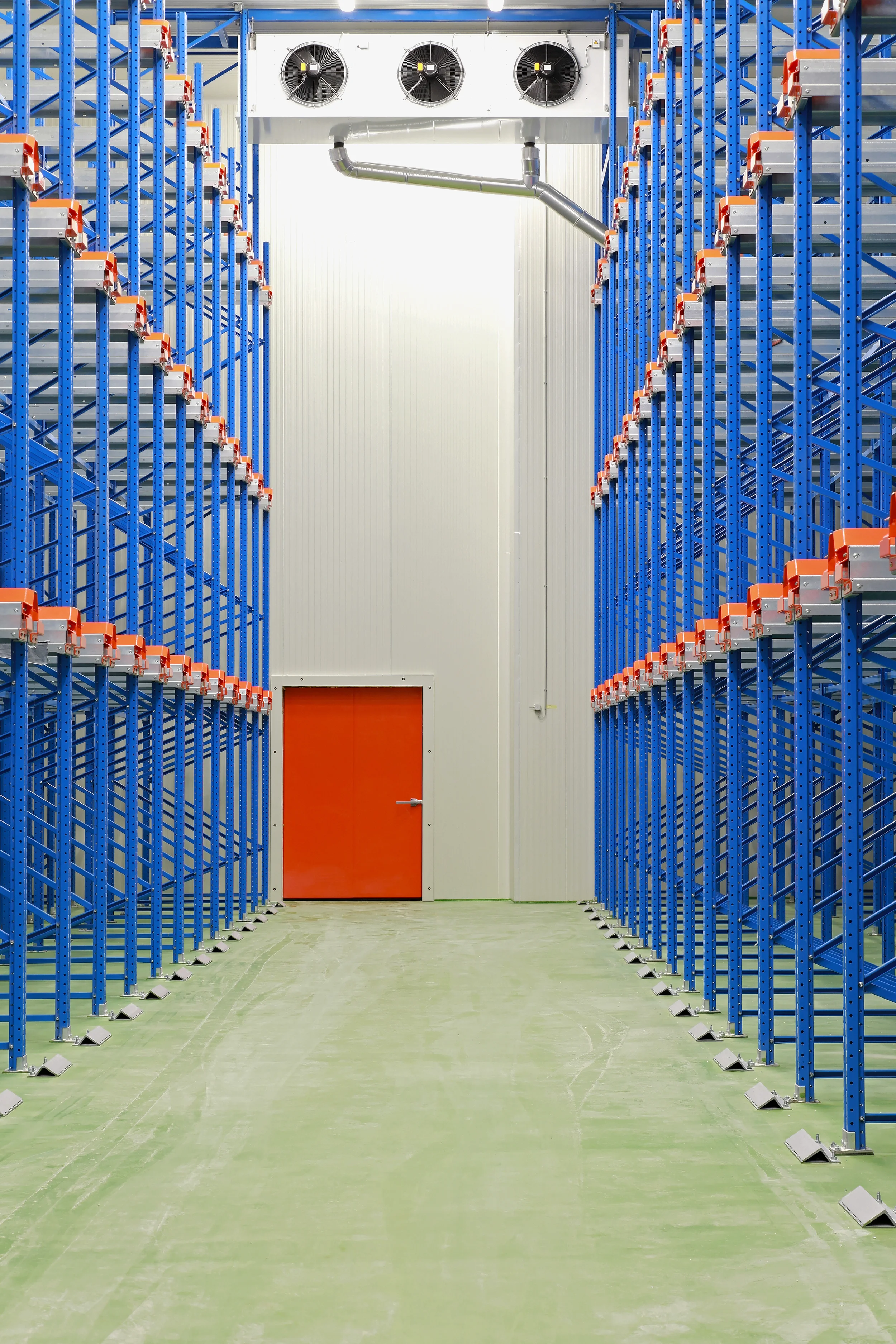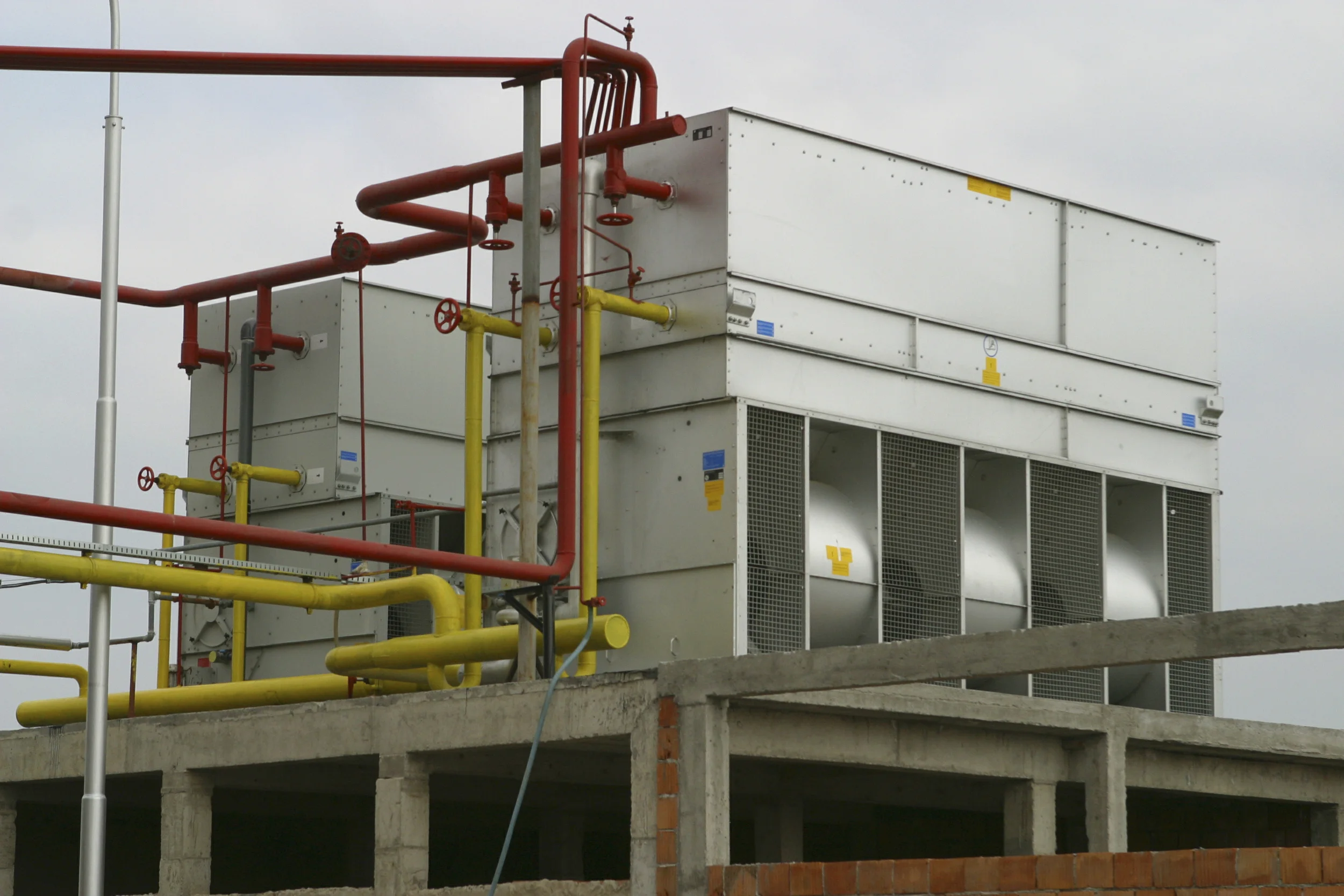California Accidental Release Prevention (CalARP) Program
California utilized the list of extremely hazardous chemicals developed by OSHA and EPA and lowered the chemical threshold values for use within its own state regulated program. The program, the California Accidental Release Prevention (CalARP) program, requires a submittal also called a Risk Management Plan like EPA’s RMP.
Examples:
The California Accidental Release Prevention (CalARP) program was implemented on January 1, 1997, and replaced the California Risk Management and Prevention Program (RMPP). The purpose of the CalARP program is to prevent accidental releases of substances that can cause serious harm to the public and the environment, to minimize the damage if releases do occur, and to satisfy community right-to-know laws. This is accomplished by requiring businesses that handle more than a threshold quantity of a regulated substance listed in the regulations to develop a Risk Management Plan (RMP). An RMP is a detailed engineering analysis of the potential accident factors present at a business and the mitigation measures that can be implemented to reduce this accident potential. The CalARP regulation was recently reviewed, the revised regulation is final as of January 1, 2015.
Similar to EPA’s RMP, CalARP also has defined three program levels: Program Level 1, Level 2 and Level 3 with analogous eligibility requirements.
Specifically, CalARP Level 2 (typically called a “state only” process) contains the following programs:
Safety information
A hazard review
Operating procedures
Training requirements
Maintenance requirements
Compliance audits
Incident investigation procedures
In addition, the following are required to be developed for both Program Level 2 & Level 3 processes:
Hazard Assessment
Emergency Planning & Response
Risk Management Plan
Management Program
The CalARP program is implemented at the local government level by Certified Unified Program Agencies (CUPAs) also known as administering agencies (AAs). The CalARP program is designed so these agencies work directly with the regulated businesses. The CUPAs determine the level of detail in the RMPs, review the RMPs, conduct facility inspections, and provide public access to most of the information. Confidential or trade secret information may be restricted. For public requests of information contact the CUPAs directly.
For additional information, see the CalARP Frequently Asked Questions.



